Emerging Applications in Healthcare
The Rare Gase Market is expanding due to emerging applications in the healthcare sector. Rare gases, particularly xenon and helium, are finding new uses in medical imaging and anesthesia. The increasing prevalence of chronic diseases and the demand for advanced medical technologies are propelling the need for these gases. For instance, xenon is being explored for its neuroprotective properties in anesthetic applications, while helium is essential for cooling MRI machines. The healthcare industry's growth, coupled with technological advancements in medical devices, is likely to enhance the demand for rare gases. As healthcare providers seek to improve patient outcomes and operational efficiency, the Rare Gase Market stands to benefit from this trend, potentially leading to increased investments and innovations.
Increased Demand in Electronics Sector
The Rare Gase Market is witnessing a surge in demand driven by the electronics sector. Rare gases, such as neon, argon, and xenon, are essential in the manufacturing of semiconductors and other electronic components. The expansion of the electronics industry, particularly in regions focused on technological innovation, is propelling the need for these gases. For example, the semiconductor market is projected to grow significantly, with estimates suggesting a compound annual growth rate of over 5% in the coming years. This growth directly correlates with the rising consumption of rare gases, as they are critical in processes like photolithography and plasma etching. Consequently, the Rare Gase Market is likely to benefit from this trend, as manufacturers seek reliable sources of these essential materials.
Growth in Renewable Energy Technologies
The Rare Gase Market is poised for growth due to the increasing adoption of renewable energy technologies. Rare gases play a crucial role in various renewable energy applications, including solar energy and energy storage systems. For example, argon is commonly used in the production of solar panels, while neon is utilized in high-efficiency lighting systems. As the world shifts towards sustainable energy solutions, the demand for these gases is expected to rise. The renewable energy sector is projected to expand significantly, with investments in solar and wind energy technologies increasing. This trend is likely to create new opportunities for the Rare Gase Market, as manufacturers seek to supply the necessary materials for these innovative energy solutions.
Technological Advancements in Rare Gases Market
The Rare Gase Market is experiencing a notable transformation due to rapid technological advancements. Innovations in extraction and purification techniques are enhancing the efficiency of rare gas production. For instance, advancements in cryogenic distillation and membrane separation technologies are enabling higher yields and lower operational costs. This is particularly relevant as the demand for rare gases in various applications, such as lighting, electronics, and medical devices, continues to rise. The integration of automation and artificial intelligence in production processes is also streamlining operations, thereby increasing the competitiveness of companies within the Rare Gase Market. As these technologies evolve, they are likely to create new opportunities for market players, potentially leading to increased market share and profitability.
Focus on Sustainability and Environmental Regulations
The Rare Gase Market is increasingly influenced by a growing focus on sustainability and stringent environmental regulations. As industries strive to reduce their carbon footprint, the demand for eco-friendly alternatives is rising. Rare gases, known for their low environmental impact, are becoming more attractive for various applications, including energy-efficient lighting and clean energy technologies. Regulatory frameworks aimed at reducing greenhouse gas emissions are also encouraging the adoption of rare gases in industrial processes. For instance, the use of argon in welding applications is gaining traction due to its inert properties and minimal environmental impact. This shift towards sustainable practices is likely to drive growth in the Rare Gase Market, as companies adapt to meet both regulatory requirements and consumer preferences for greener solutions.



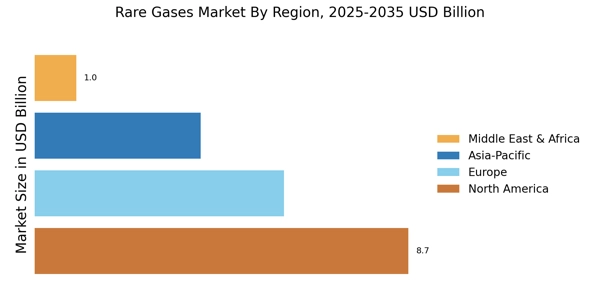

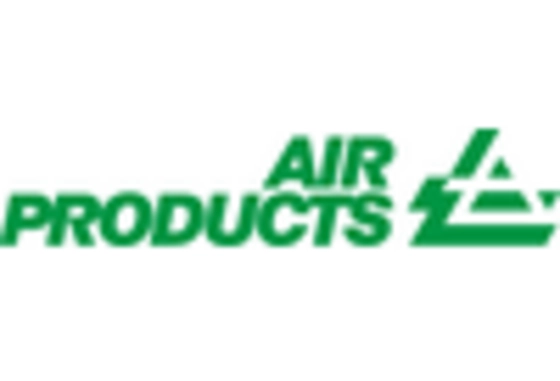
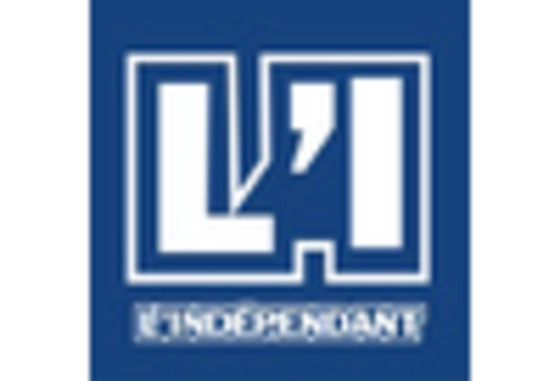
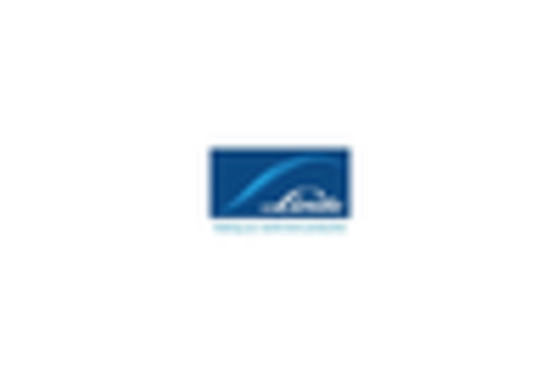
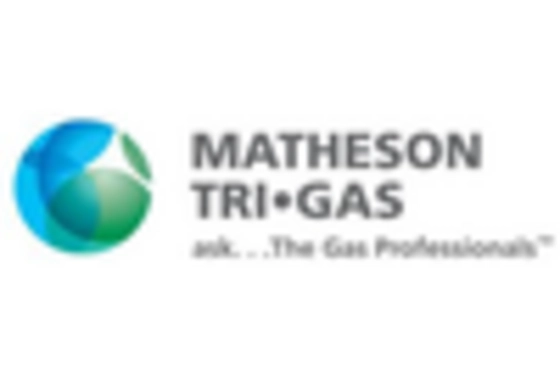
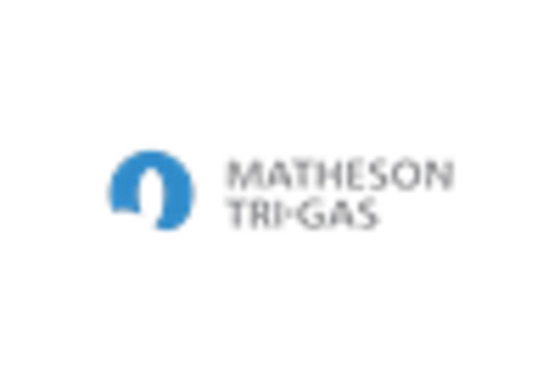
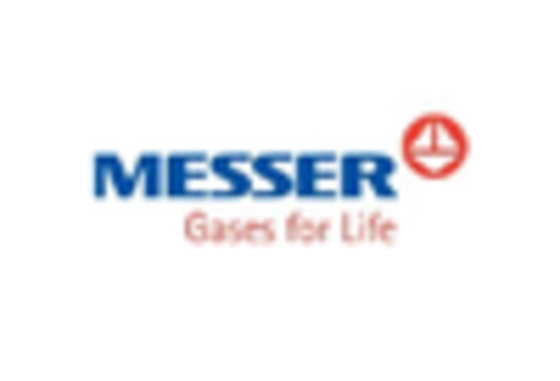
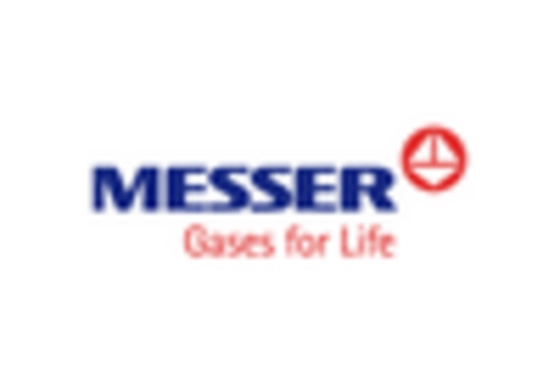
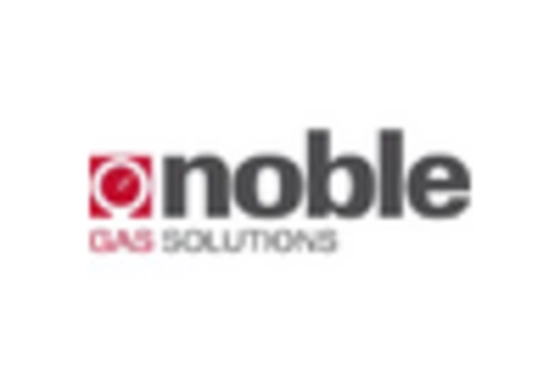
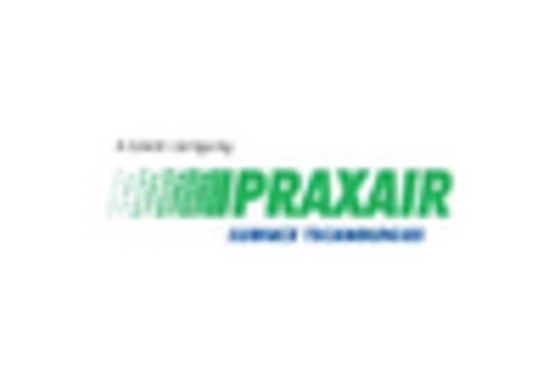
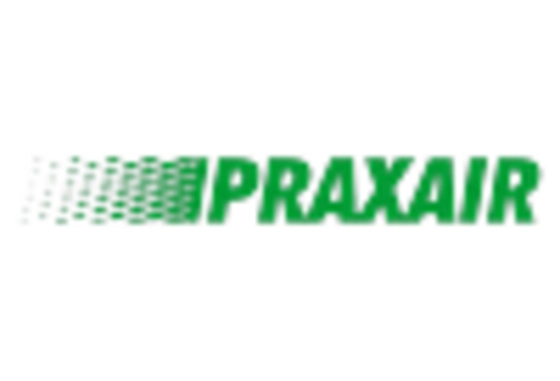








Leave a Comment